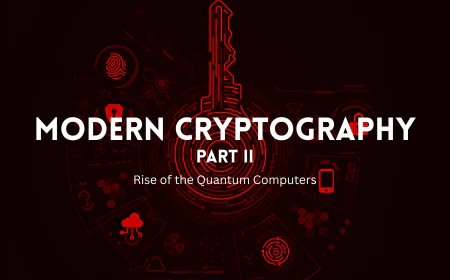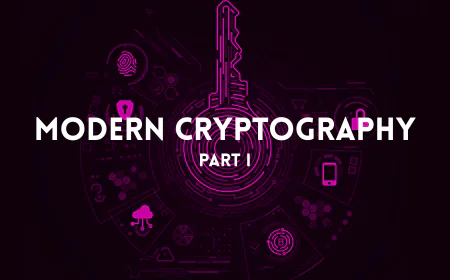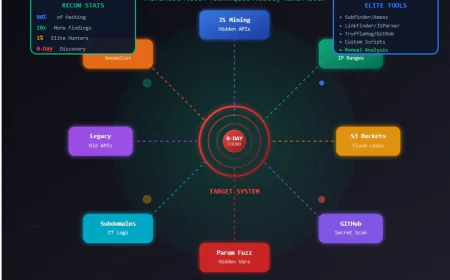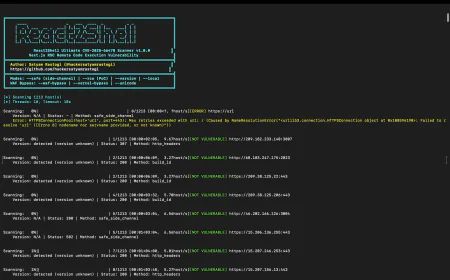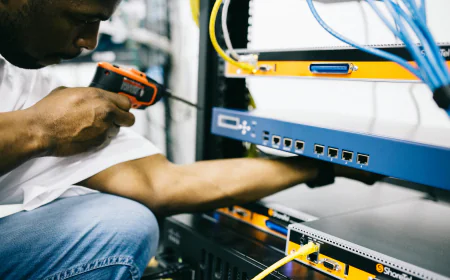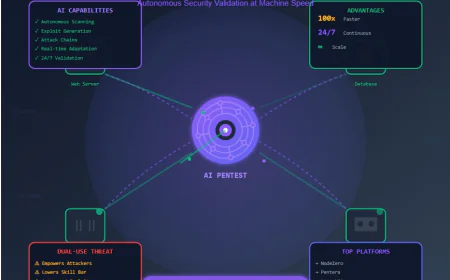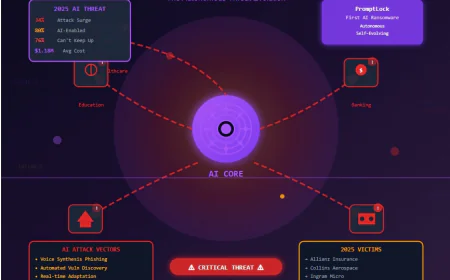Ribbon Communications Breach: Nation-State Attack Exposes Critical Telecom Infrastructure Vulnerabilities
A sophisticated nation-state cyberattack has targeted Ribbon Communications, exposing critical vulnerabilities in global telecom infrastructure. The breach highlights the growing risk of state-sponsored cyber espionage against communication networks worldwide.

Ribbon Communications a Texas-based company, and it is tech dependent partners and the US Department of Defense have been hit by a hacker during the past year the perpetrator was allegedly a foreign government but the attack was so sophisticated that it remained undetected for over a year. The confidential information obtained through the cyber intrusion was disclosed by the company in an SEC filing on October 23, 2025, which also pointed to the fear of being hacked by state sponsored attackers as one of the main factors leading to the downfall of the worlds telecommunications infrastructure.
The Anatomy of a Stealth Attack
At the beginning of September 2025, Ribbon Communications stumbled upon a very nasty surprise a group of persons reportedly linked to a nation state actor had penetrated the companies IT network. It is the company having a certain period operational problem with attackers on the verge of its system for almost nine months, which is what adds the most gravity to this breach. The incident involved the customer data which were stored on two laptops located outside the main network and the company confirmed that three smaller customers were impacted. Although Ribbon stated that no evidence existed for the customer systems or material company information being infiltrated by the attackers the company nonetheless recognized that the threat actor accessed four older customer files.

Why Ribbon Communications Is a High-Value Target
Ribbon Communications is pivotal in global telecommunications as a backbone providing communications software and IP optical networking gear to an extensive range of customers which include world's most significant organizations. The client list of the company is a statement regarding the essential infrastructure:
Major Telecommunications Providers: Verizon, AT&T, BT, Deutsche Telekom, Lumen Technologies (formerly CenturyLink), SoftBank, TalkTalk, Tata
Government Agencies: U.S. Department of Defense, City of Los Angeles, University of Texas at Austin
Financial Institutions: Bank of America, JPMorgan Chase, Wells Fargo
Technology Partners: Palo Alto Networks, HPE, Intel, Ericsson, Fortinet
The wide-ranging and very important clientele of Ribbon make it very hard for such actors with the backing of a nation to get into the company's sensitive communications, government data, and critical infrastructure systems. The cybersecurity guru Renals of the Palo Alto Networks Unit 42 unfolded it saying, Unit 42 keeps witnessing that the advanced nation-state actors' targeting of networking and IT service providers providing essential services to the government and critical infrastructure sectors is on the rise.

The Broader Spectrum: A Typical Scenario of Telecom Attacks
The infringing of Ribbon Communications is not a solitary event but rather one incident in a vast and continuous attack on telecom infrastructure by sponsored state actors. The assault has resemblances with the Salt Typhoon campaign, the enormity of which was a Chinese state-backed cyber-espionage operation that had been focusing on the telecommunications sector since 2019.
Salt Typhoon has had great success in breaching the U.S. broadband giants including Verizon, AT&T, and Lumen Technologies which might have led to the leaking of sensitive communications data and federal wiretapping systems. The FBI made it public in August 2025 that Salt Typhoon had infiltrated a minimum of 200 companies in more than 80 countries. The campaign has shown the attackers to be very persistent and capable of evolving their tactics as they continue to exploit the vulnerabilities in the routers, switches, and overall network infrastructure to gain unauthorized access.
The GhostSpider backdoor malware, Demodex rootkit, and other methods built upon known vulnerabilities in Cisco, Ivanti, and Palo Alto Networks devices are used by these attackers. Their operations are stealthy and persistent, often staying undetected for long periods exactly as happened in the Ribbon Communications breach.

The Response and Investigation
Right after realizing that there was unauthorized access to its systems, Ribbon Communications put into action its incident response plan and took the necessary steps of contacting federal law enforcement and getting the assistance of several third-party cybersecurity experts to find out the extent of the breach. The company is confident that it has cut off the entry of the threat actor, yet the investigation is still in progress.
A spokesperson for Ribbon did not give the name of the nation-state involved, saying that this decision was in keeping with the request of the federal agency assisting Ribbon. The Cybersecurity and Infrastructure Security Agency (CISA) acknowledged the incident, while the Chinese embassy in Washington claimed no involvement, pointing out that China disapproves of hacking and fights it according to the law.

Security Implications and Industry Impact
The breach has brought to light the following crucial vulnerabilities that nation-states have been actively tampering with in the telecoms infrastructure:
Supply Chain Vulnerabilities: The attackers are focusing on the providers of networking and IT services as their main target since that would make it easier for them to access many downstream clients through just one compromise.
Extended Dwell Time: The interval of nine months from the time the hackers first gained access to the system until their detection is an indication of the high-level eaves-dropping techniques used by the cybercriminals and the difficulty organizations are facing in combatting such attacks.
Lateral Movement Capabilities: The Chief Security Officer of T-Mobile has drawn a parallel between the Salt Typhoon attacks and the stealthy and creative techniques employed by the attackers to move between networks of telecoms companies succinctly by saying "in a way I've not seen in my 15-plus-year career in cybersecurity".
Critical Infrastructure Convergence: The joined-up nature of the telecoms, government, defense, and finance sectors means that a breach in any one area can easily spread outwards and affect several other sectors of critical infrastructure thus causing a cascading effect.
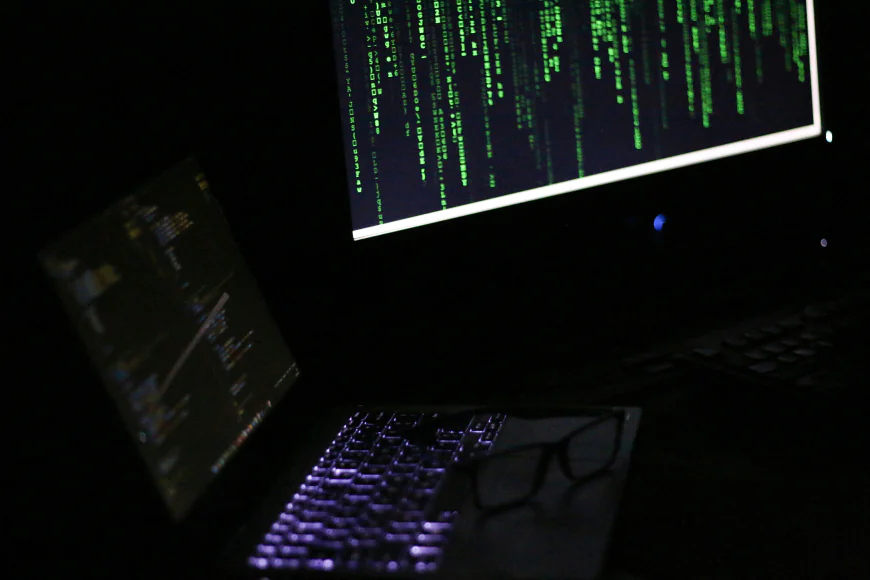
Theft of Telecom in structure: Necessary Steps
The disappearance of Ribbon Communication forces the telecommunication sector to implement comprehensive security measures without any further delay. On the other hand, CISA and the industry researchers are suggesting a few security practices that are most critical:
Enhanced Network Visibility: The organizations need to have the full monitoring and logging implemented throughout the entire network segments. These actions, which will include very detailed logs of the traffic, analyzing access attempts, and tracking changes in configuration, will allow for quick detection of threats.
Zero-Trust Architecture: Utilizing a zero-trust model that confirms each and every access request and divides networks could curtail intrusions and hinder movement of intruders within the system.
Multi-Factor Authentication: The installation of MFA for all access points, especially for the administrator accounts, can significantly lower the possibilities of unauthorized access.
Regular Security Audits: The performance of routine vulnerability assessments, penetration testing, and audits of the security system will allow for the detection and rectification of the flaws before the intruders can take advantage of them.
Patch Management: The security patches and updates should be applied immediately to safeguard the known vulnerabilities from being exploited by the hackers that are supported by a nation-state.
Supply Chain Security: The companies should be conducting strict assessments of the security practices of their vendors and always keeping an eye on the performance of third-party suppliers to reduce the risks of supply chain attacks.
Endpoint Protection: The application of the full endpoint security solutions and administration of the mobile devices will be effective in keeping the malware from taking residence in the already infected equipment.
Employee Training: The employees will be more than capable of identifying and reacting correctly to the social engineering attempts if they have had regular security awareness training and conducted phishing exercises.

Looking Forward: The Evolving Threat Landscape
Nation-state actors have become more sophisticated and persistent and thus the telecommunication sector has to deal with an increasingly hostile threat environment. The war between countries and the rise of sophisticated cyber threats are the main factors that make the Global Economic Forum's Global Cybersecurity Outlook 2025 think of the critical infrastructures at great risk with the communication systems being hacked and attacked by the hackers and militaries both physically and digitally time and again.
Moreover, the migration of cutting-edge technologies like 5G networks, IoT devices, and cloud computing is not only increasing the attack surface but also making the companies' old systems vulnerable. In the meantime, organizations have to deal with the conflicting requirements of undergoing a digital transformation as quickly as possible and being very careful to insert security into the new infrastructure from ground up.
The Ribbon Communications incident is an illustration that even the companies which are well-established and have critical government and commercial clients can still be targeted by the nation-state hackers. The telecommunications sector has to change their way of dealing with threats and take on a strategy that goes beyond hope for no more than detection and ignoring. Only when there is an endless pouring of money into security, visibility, and information sharing can the sector be confident in its battle against the evolving threat landscape.
The Ribbon Communications leak is a major turning point: safeguarding telecom infrastructure is no longer a company security issue only, it is a national security and an economic stability issue in a world that is gradually becoming more and more interdependent.

